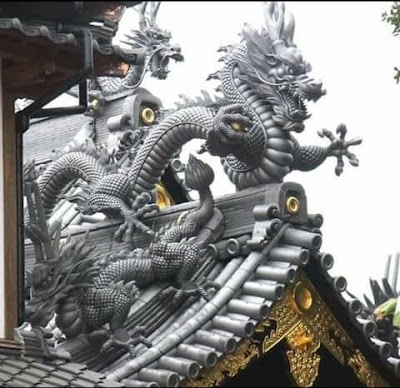Below is an excerpt from a guest post that appeared at Ellis Amdur's excellent Kogen Budo blog. The full post may be read here.
In the tapestry of martial arts, I Liq Chuan (意力拳) emerges as a distinctive thread, weaving together the ancient and the modern. I Liq Chuan draws from a wellspring of principles often associated with the so-called “internal arts,” with its roots in two rare styles of Xingyiquan (鳳陽形意拳) and Baguazhang (如意八卦掌). Not much is known about either, and both appear to be extinct except what little remains embedded within I Liq Chuan’s partner training methods.
Referred to as the “Martial Art of Awareness,” it has gained a reputation for revealing the secrets of the old masters. Emphasizing mindfulness, the integration of mind and body, and an almost scientific exploration of self, I Liq Chuan’s curriculum is logically structured, allowing for a systematic progression in learning. Through unique training methods and a focus on tangible and measurable results, it offers an approach that reaches people from all walks of life, particularly those seeking a deeper understanding of movement, balance, and the nature of what it really means to be a human being. Under the watchful eye and guiding hand of Grandmaster Sam Chin, the popularity of I Liq Chuan has surged. With schools now operating in more than 20 countries around the globe, GM Chin’s gravitas inspires practitioners across continents, transcending borders, cultures, and languages.
What sets I Liq Chuan apart within the crowded landscape of Chinese martial arts is twofold: First, there’s the magnetic presence of GM Sam Chin, a man whose existence embodies the very best of what martial arts have to offer; his full-contact fighting record and innovative teachings resonate with those seeking authenticity and connection. Second, there’s the curriculum, a masterpiece crafted by GM Sam Chin himself, based on his unique experiences and insights—careful study and practice guide practitioners toward a deeper understanding of the principles governing mind and body. Through spirited discussions with monks, encounters with fellow martial artists, and collaborations with engineers and academics, GM Chin has sculpted a curriculum that’s both a tribute to tradition and a reflection of the present. In a world where martial arts often become entangled in spectacle and myth, I Liq Chuan is a testament to the enduring power of authenticity and the transformative potential of a well-structured path.
“You can never think outside the box; thinking is the box!” ~GM Sam Chin
As a young man, GM Sam Chin’s ferocious full-contact fights earned him the moniker “The Tiger of Malaysia.” His victories against all-comers in the 70s weren’t just triumphs; they were statements showcasing his adaptability and effectiveness across different fighting styles. In 1977, GM Chin defeated every opponent he faced in 40 seconds or less.
The Chin Family I Liq Chuan Association had an open challenge printed in Chinese newspapers in Malaysia for years. It was a call to the world. Like the Gracies in Brazil, they demonstrated unshakeable confidence in their art. As he enters his golden years, however, GM Chin has cast a contemplative gaze back at the exploits of his youth. The open challenge, once a clarion call of confidence and prowess, also caused discord, creating friction with other martial arts schools. With the wisdom of his later years, GM Chin recognizes the value of unity over rivalry. He now endeavors to mend fences and build bridges within the martial arts community. Guided by the declaration “martial arts are all one family,” he embarked on a new project to collaborate with and celebrate masters of all styles. It’s a tribute to his evolving philosophy: from the fiery challenges of youth to the harmonious collaborations of maturity, always seeking growth, understanding, and the true essence of martial arts.













